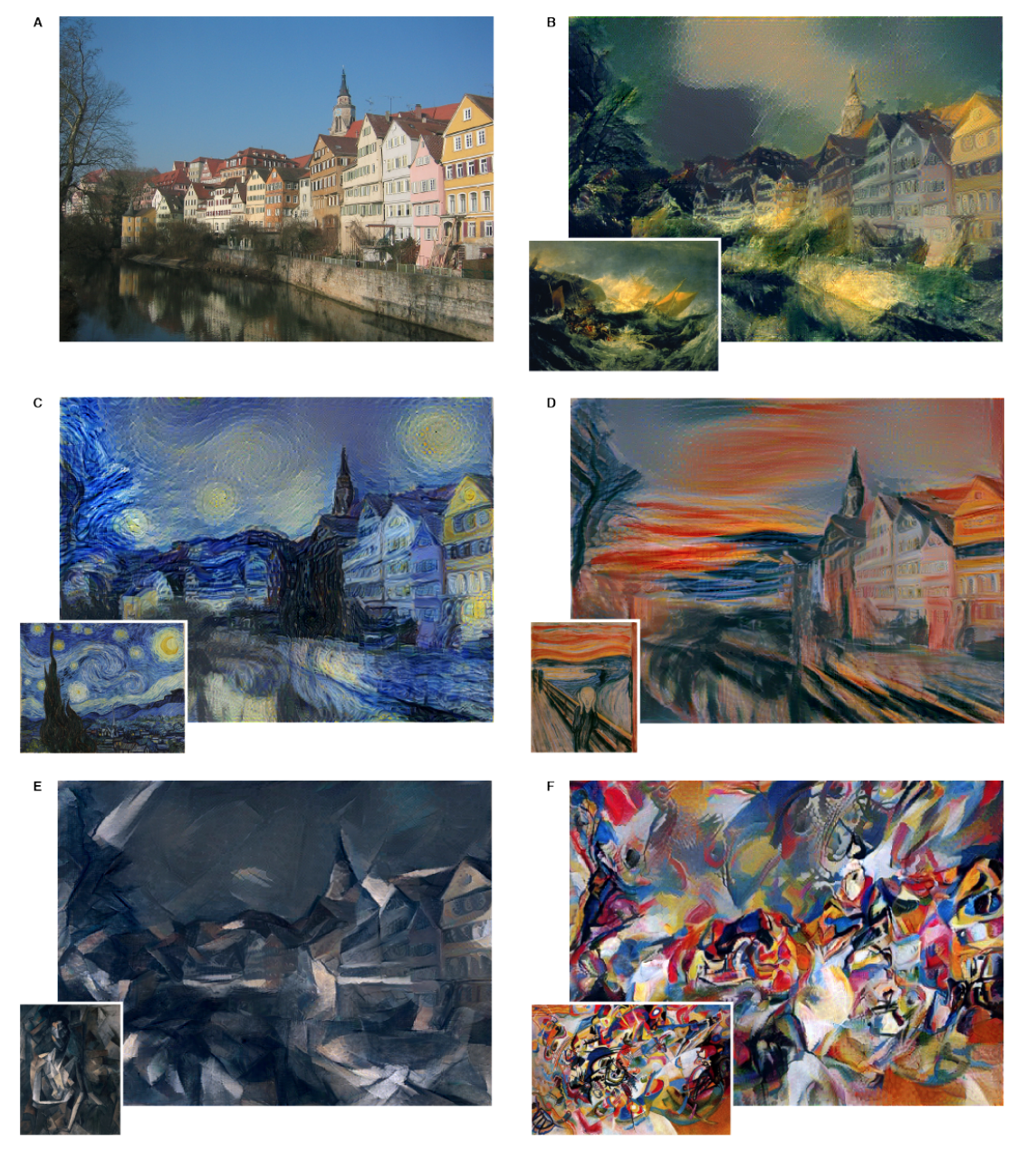Essay : Neural Cubism
Neural Cubism
Back when I was in high school, I discovered cubism with George Braque’s Baigneuse, and I have to admit that I was quite skeptical about the whole artistic movement. I couldn’t help but deem that the very purpose of cubism was a bit farfetch, not to say whimsical, to such a point that I used to have a tendency to systematically disparage what I considered to be yet another failed attempt to make art.
However, as contrived as it might seem to me back then, I never really gave it a shot, until the day I was eventually required to dabble in it, for an art class assignment.
At first, I thought it would be a piece of cake : indeed, all I had to do was to sketch something that would somehow look like more of a child’s artwork than anything else, right ?
As it turned out, I was completely wrong : as matter of fact, it proved to be far more difficult than expected, if only for multiple perspective. Indeed, I soon realized that cubism had nothing to do with merely approximative shapes : quite the contrary !
I realized, while trying to replicate George Braque’s Broc et Violon (Pitcher and Violin), as well as his La guitare (The guitar), that analytic cubism is the art of coherent management of manifold fragmented views - upon multiple perspective - of the same object and at the same time, while simultaneously making the depicted object and the background almost indistinguishable.
It appeared to me that it all boiled down to breaking up space into multiple different pieces having their own perspective independently of each other, and then consistently bringing them together into one multifaceted frontal view.
Based on these considerations, and thinking I had eventually grasped the key concepts underlying analytic cubism, I was even committed to do a cardboard sculpture modelled after Braque’s La guitare : needless to say it didn’t turn out to be a brilliant performance !
Overall, you could say that, in a way, cubist artists excel at depicting multiple points of view within a unique display of a single object, whilst maintaining confusion between the physical objects which are actually depicted and the space encompassing them.
Little did I know that my encounter with cubism wasn’t over !
Recently, I found out something absolutely stunning: neural network algorithms are now capable of emulating cubism ! That is, with resort to a system based on deep neural networks, any given picture can be rendered in a cubist style, among other numerous artistic styles !
Here is an article dealing with this matter : http://bit.ly/NeuralAlgoArt
It is absolutely astonishing, here are some examples :

Apparently, these researchers resort to neural representations in order to fragment and merge parts of given images - thereby providing an algorithm for mimicking various artistic styles -, which is, by the way, exactly what I attempted to do by hand when I tried to imitate some of Braque’s paintings !
I find such a breakthrough absolutely mind-blowing, as it opens the floodgates for a new understanding of both art and science, by extending their boundaries, while at the same time blurring the lines between them.
Leave a comment